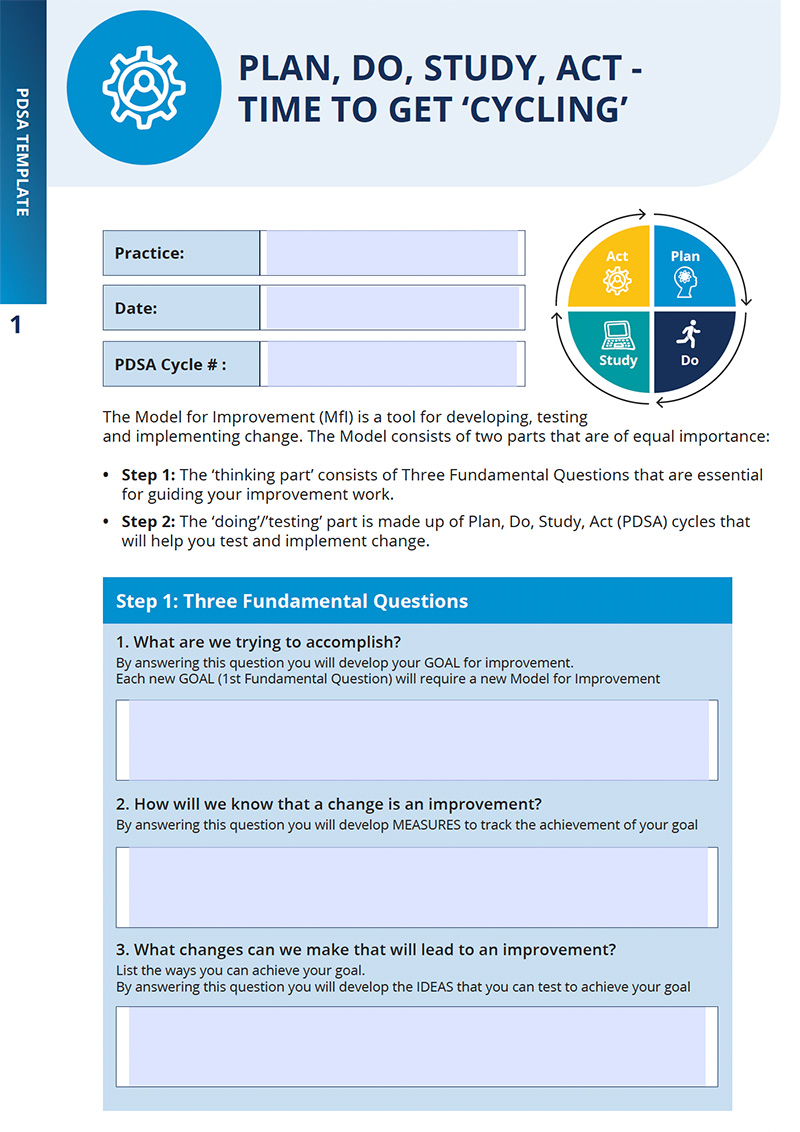Despite childhood vaccination being recognised as ‘the single greatest contribution to infant survival over the past 50 years,’ Australia has seen a decline in childhood immunisation rates for the last three consecutive years.1 Currently, over 94% of children are fully vaccinated at age one, two, and five, but this still falls short of the national target of 95% coverage.2 For the Central Queensland, Wide Bay and Sunshine Coast regions, vaccination coverage for children aged one sits at 89%, which is below the 92% level required for herd immunity against highly infectious diseases.3
Unvaccinated children are at increased risk of contracting preventable diseases such as measles and whooping cough, which can lead to severe complications including hospitalization and, in some cases, death. For example, unvaccinated children are up to 35 times more likely to contract measles during an outbreak.4 These risks are further exacerbated by a lack of herd immunity, which protects vulnerable individuals, such as infants too young to be vaccinated and those with medical conditions preventing immunisation.
Primary care is ideally placed to improve childhood immunisation rates through its accessibility, continuity of care, and trusted relationships with families. General practices can proactively identify children behind on or due for vaccinations, address vaccine hesitancy, and provide timely, evidence-based care.
This activity focuses on how to address gaps in vaccination coverage and supports primary care to enhance vaccination rates and outcomes for children under five.


